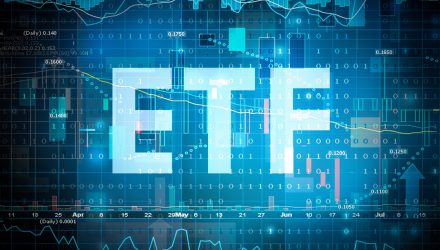One of the dynamic features of an exchange-traded fund (ETF) is that it can trade like an individual stock. This allows investors to purchase and sell them freely on an exchange like stocks, but they still have inherent differences.
Structural Differences
An ETF is a type of security that tracks an index, bonds, commodities, currencies, or a mix of various asset classes. Because it is a type of fund as opposed to an individual stock, the ETF is more often than not compared to a mutual fund when weighing the pros and cons of various investment vehicles.
ETFs are known for their tax efficiency, which is found in their legal structure. A tax professional can help an investor navigate through the tax ramifications for each type of ETF structure.
Seven Types of ETF Structures:
- Open-end funds: this structure is typically used for stock and bond asset classes.
- Unit investment trusts: typically used to track broad asset classes.
- Grantor trusts: typically used for physical commodities and currencies.
- Exchange-traded notes: don’t hold underlying assets, but contain prepaid forward contracts.
- Partnerships: unincorporated business entities that elect for taxation as a partnership.
- C Corporations: used to access specific types of partnerships as well as other special purpose vehicles (SPVs).
- Exchange-traded managed funds: meld the active component of mutual funds with the intraday trading flexibility of an ETF.
The majority of ETFs are structured as open-end funds, which fall under the regulatory measures of the Investment Company Act of 1940. These types of ETFs typically provide investors exposure to the most common assets, which are stocks and bonds.
Diversification and Costs
Like stocks are shares or fractional ownership of a company, the ETF owns underlying assets and divides ownership of those assets into shares. As such, these shares can be bought and sold on a major exchange.
Furthermore, as opposed to ownership of a company, ETFs own the actual stocks themselves. As such, ownership of an ETF offers diversification advantages compared to single stocks.
Stocks are exposed to all of the risk associated with ownership of that particular company. Conversely, an ETF that purchases a mix of stocks or other assets will have less risk exposure.
Furthermore, because of this flexibility, they can be traded intraday. This allows investors to trade them through online or traditional brokers just like stocks.
An ETF shareholder is also entitled to income earned through dividends. In the event the fund is liquidated, ETF shareholders may also receive a portion of its residual value, which is the value determined at the end of an asset’s useful life.
Because an ETF can track an index, it can be passively-managed. This translates to lower costs to investors when compared to mutual funds, which are typically actively-managed.
